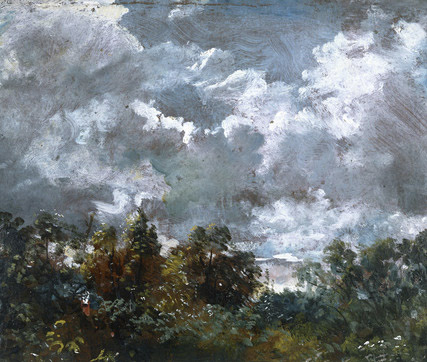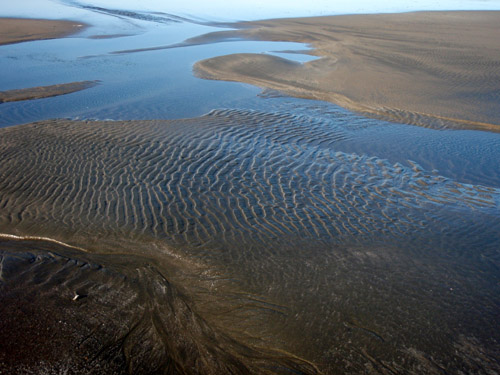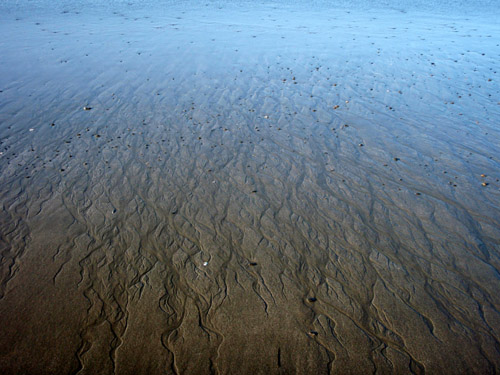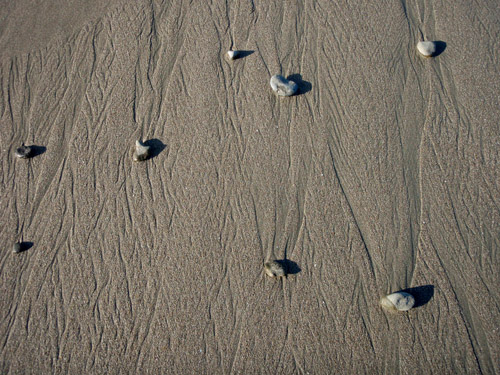
Simple Stool, Simple Chair, for Healdsburg Shed.
I always loved how in comic books when the hero was going through a challenge the thought bubble above his head would have cropped, choppy sentences, in italics, narrating the thought process behind the struggle. Going for extreme simplicity as I continue to design and prototype seating and dining elements as part of my collection for Healdsburg Shed, my thought bubble would be something like, “Must reduce form to pure structure; reduce structure to one repeated part; ease manufacture of part; stack joints..”
The challenge has been to create a harmonious range of seating options to support Shed’s culinary offerings, which range from a coffee bar to intimate dining at small tables along a banquette or at a large community table, to a wine bar, all happening simultaneously under one roof. I’m continuing to champion the themes of transparency and permeability, agricultural vernacular and a kind of generic minimalism, and it’s been exciting to finally see the building go up and be able to see things in context. I think we’re close to having a cogent collection to support the Shed ethos and brand.
My goal has been to design furnishings that meet all functional and aesthetic criteria, but that are easy enough to be made or modified by any decent carpenter or cabinet=maker. I will be making the furniture myself, but I like the idea that the design is implicit in each structure and could be repeated and possibly improved with future iterations, like a folk song, where the idea of the thing can be as powerful as the thing itself.










